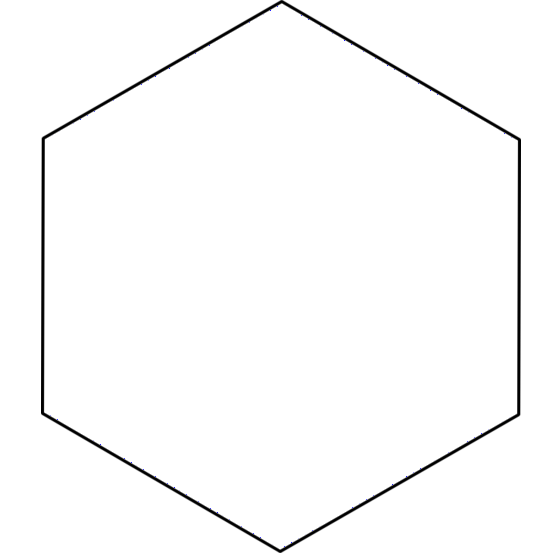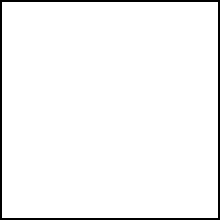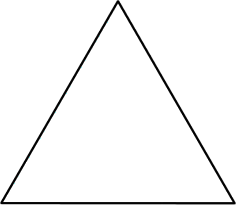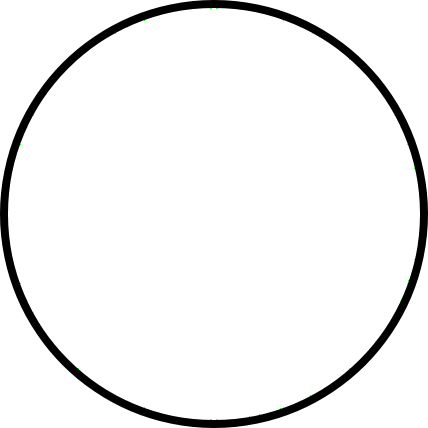16 SEP 2011 by ideonexus
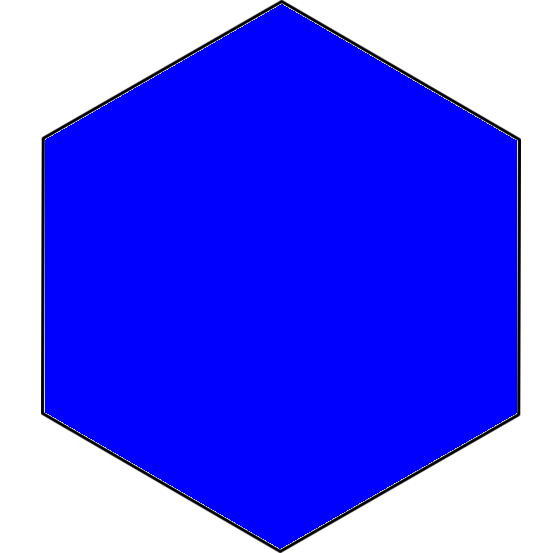 Mammals Produce Useless Yolks
Mammals Produce Useless Yolks
Vestigial genes can go hand in hand with vestigial structures. We
mammals evolved from reptilian ancestors that laid eggs. With the
exceptions of the “monotremes” (the order of mammals that includes
the Australian spiny anteater and duck-billed platypus), mammals have
dispensed with egg-laying, and mothers nourish their young directly
through the placenta instead of by providing a storehouse of yolk. And
mammals carry three genes that, in reptiles and birds, produce the
nutritious protein...Because they evolve from egg-laying reptiles, they have dead genes for producing yolks and even produce yolks in the placenta.
16 SEP 2011 by ideonexus
 Evolution Remodels the Old into New
Evolution Remodels the Old into New
...evolutionary change, even of a major sort, nearly always
involves remodeling the old into the new. The legs of land animals are
variations on the stout limbs of ancestral fish. The tiny middle ear bones
of mammals are remodeled jawbones of their reptilian ancestors. The
wings of birds were fashioned from the legs of dinosaurs. And whales are
stretched-out land animals whose forelimbs have become paddles and
whose nostrils have moved atop their head.Evolution modifies existing structures rather than creating new ones from scratch.
16 SEP 2011 by ideonexus
 Big History: A Summary of Evolution of Life on Earth
Big History: A Summary of Evolution of Life on Earth
The first organisms, simple photosynthetic bacteria, appear in sediments
about 3.5 billion years old, only about a billion years after the
planet was formed. These single cells were all that occupied the Earth
for the next two billion years, after which we see the first simple “eukaryotes”:
organisms having true cells with nuclei and chromosomes. Then,
around 600 million years ago, a whole gamut of relatively simple but
multicelled organisms arise, including worms, jellyfish, and sponges....Folksonomies: evolution big history
Folksonomies: evolution big history
A good summary of the origin of life on Earth evolving all the way up to human beings.
